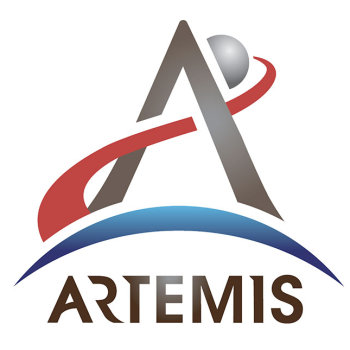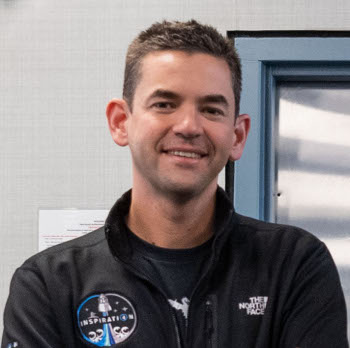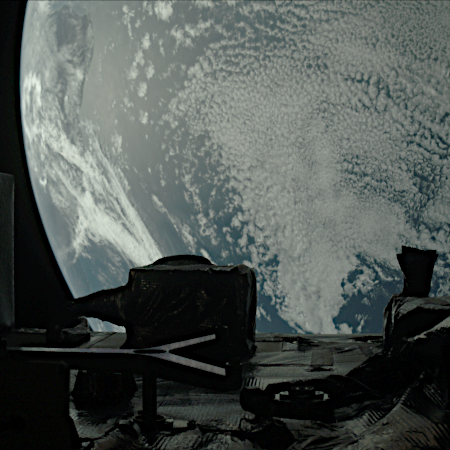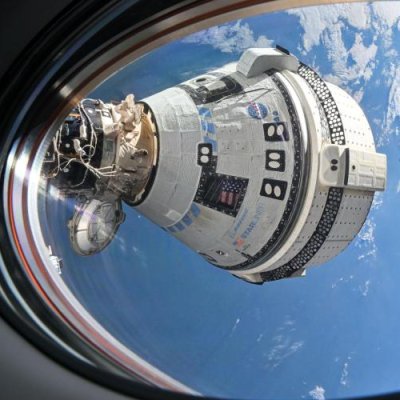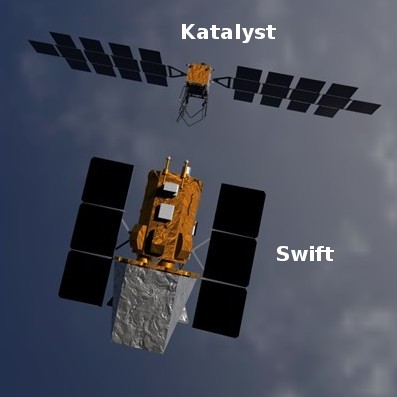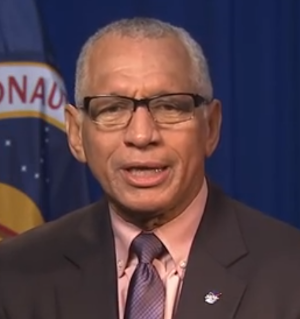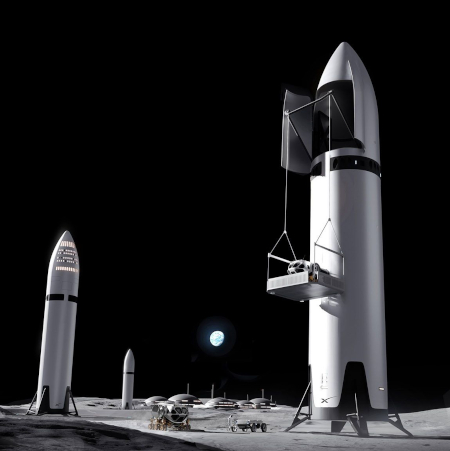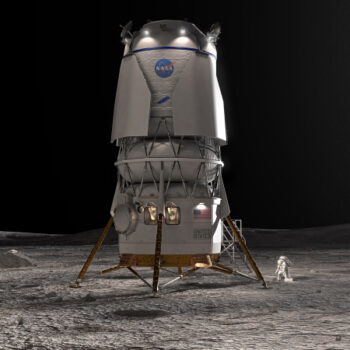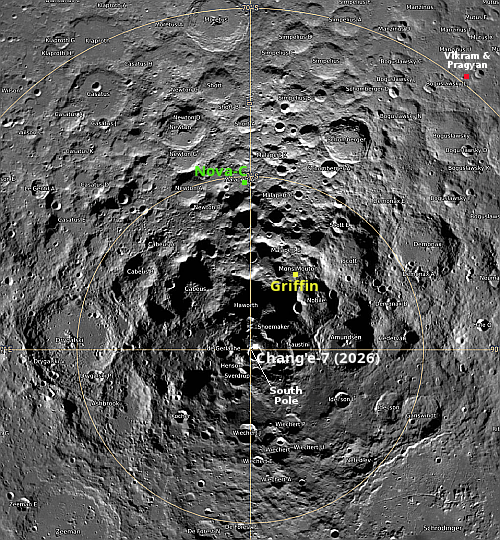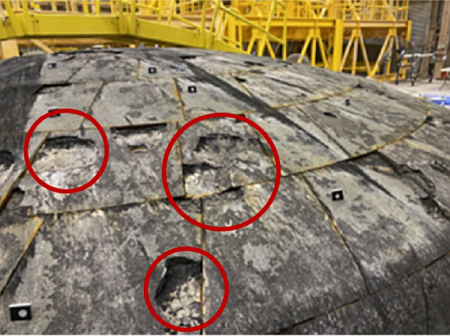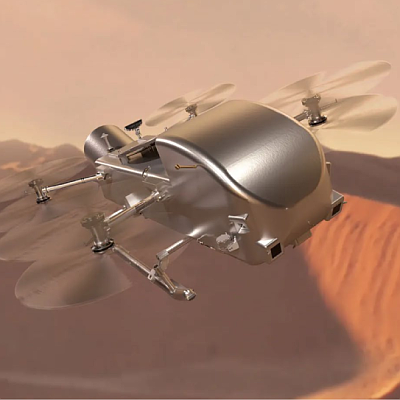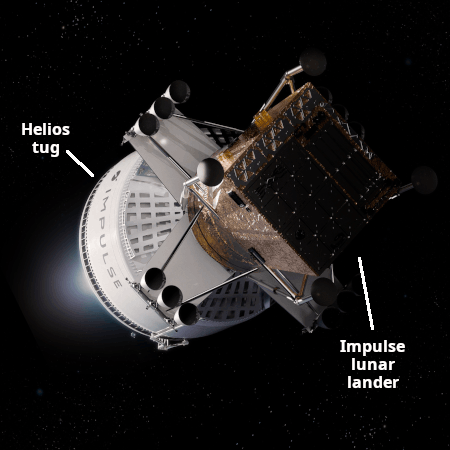House joins Senate in proposing a new space bureaucracy here on Earth
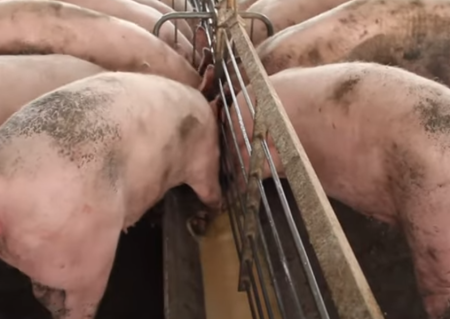
Gotta feed those DC pigs!
In mid-November a bi-partisan group of senators introduced legislation they claimed would help the U.S. beat China in space by creating a new government agency called the “National Institute for Space Research.”
The absurdity of creating a new agency to do this was obvious. Don’t we already have something called NASA that is tasked with this job? As I noted then, “This is just pork.”
Rather than funding real research or development in space, this legislation simply creates another Washington government agency supposedly functioning independent of presidential or even congressional oversight (a legal structure the courts have increasingly declared unconstitutional).
Well, it appears two congress critters in the House have decided they had to keep up with the Jones in the Senate, and have now introduced their own variation of this legislation.
Yesterday, Congresswoman Valerie Foushee [D-North Carolina], Ranking Member of the House Subcommittee on Space and Aeronautics, and Congressman Daniel Webster [R-Florida] introduced H.R. 6638, the Space Resources Institute Act, bipartisan legislation which directs the National Aeronautics and Space Administration (NASA) Administrator and the Secretary of Commerce to report to Congress on the merits and feasibility of establishing a dedicated space resources institute relating to space resources, the surface materials, water, and metals often found on the Moon, Mars, and asteroids.
The bill would give NASA 180 days to submit its report.
This is just more junk from Congress that will do nothing but distract NASA from its real business, fostering a new American aerospace industry capable of colonizing the solar system for profit. Note too that like the Senate bill, this House bill is a bi-partisan effort in stupidity.
As I said in reporting on the Senate version of this proposal, “Ugh. There are times I wish I didn’t have to read the news from DC. It almost always depresses me.”

Gotta feed those DC pigs!
In mid-November a bi-partisan group of senators introduced legislation they claimed would help the U.S. beat China in space by creating a new government agency called the “National Institute for Space Research.”
The absurdity of creating a new agency to do this was obvious. Don’t we already have something called NASA that is tasked with this job? As I noted then, “This is just pork.”
Rather than funding real research or development in space, this legislation simply creates another Washington government agency supposedly functioning independent of presidential or even congressional oversight (a legal structure the courts have increasingly declared unconstitutional).
Well, it appears two congress critters in the House have decided they had to keep up with the Jones in the Senate, and have now introduced their own variation of this legislation.
Yesterday, Congresswoman Valerie Foushee [D-North Carolina], Ranking Member of the House Subcommittee on Space and Aeronautics, and Congressman Daniel Webster [R-Florida] introduced H.R. 6638, the Space Resources Institute Act, bipartisan legislation which directs the National Aeronautics and Space Administration (NASA) Administrator and the Secretary of Commerce to report to Congress on the merits and feasibility of establishing a dedicated space resources institute relating to space resources, the surface materials, water, and metals often found on the Moon, Mars, and asteroids.
The bill would give NASA 180 days to submit its report.
This is just more junk from Congress that will do nothing but distract NASA from its real business, fostering a new American aerospace industry capable of colonizing the solar system for profit. Note too that like the Senate bill, this House bill is a bi-partisan effort in stupidity.
As I said in reporting on the Senate version of this proposal, “Ugh. There are times I wish I didn’t have to read the news from DC. It almost always depresses me.”

